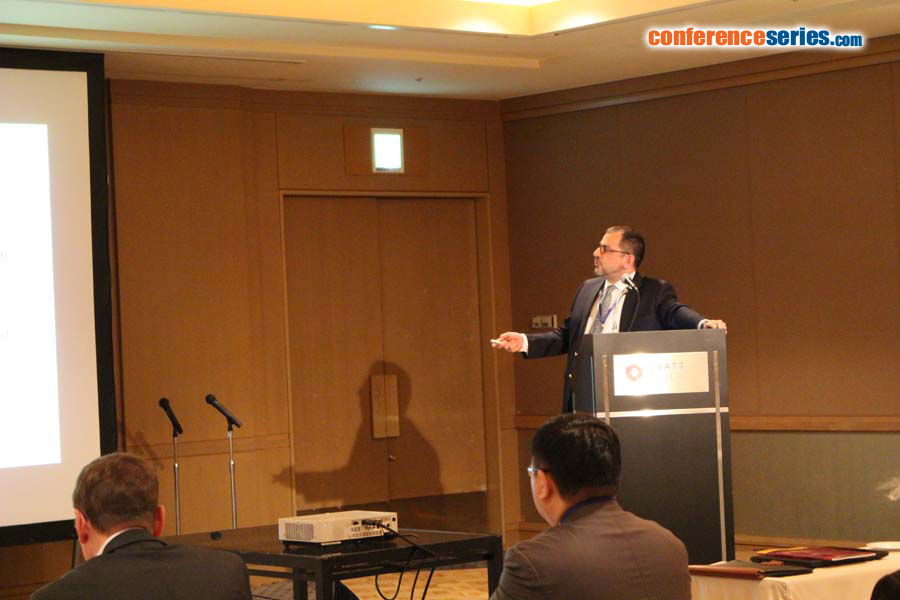Ashkan Emadi
University of Maryland School of Medicine, USA
Title: Translational Research in Targeting Glucose or Glutamine Dependency in Solid and Hematologic Neoplasms
Biography
Biography: Ashkan Emadi
Abstract
Before the recruitment of new blood vessels, proliferation of cancer cells in a three dimensional multi-cellular cluster is limited by diffusion of oxygen and nutrients, such that a phase of metabolic adaptation must be endured. Transcription factors such as hypoxia inducible factors (HIFs) are overexpressed in many neoplastic cells and induce genes, such as lactate dehydrogenase A (LDHA) and pyruvate dehydrogenase kinase 1 (PDK1), which permit hypoxic metabolic adaptation. Glucose, which is the main energy source for normal and tumor cells, is taken up and converted by glycolysis to two molecules of pyruvate. The dramatic increase in glucose uptake by tumors provides a means to detect cancers and follow response to therapy by PET scanning. When oxygen is available, pyruvate converted to acetyl-CoA by pyruvate dehydrogenase in the mitochondrion and further metabolized through tricarboxylic acid cycle. When oxygen is limited, HIF-1 induces virtually all glycolytic enzyme genes and PDK1, which inhibits PDH and diminishes mitochondrial acetyl-CoA production and respiration. Through this adaptation, hypoxic cells switch initially to anaerobic glycolysis that catalyzes the final conversion of pyruvate to lactate via LDHA. Later on, due to genetic alterations, even under non-hypoxic conditions, neoplastic cells utilize aerobic glycolysis phenomenon. Small molecule inhibitors against different enzymes in the glucose metabolism are already available making the potential for clinical translation the more likely. Glutamine is the most abundant amino acid in the intracellular compartment as well as human plasma. Glutamine is involved in the generation of non-essential amino acids for protein synthesis as well as nitrogen supply for purine and pyrimidine synthesis. Glutamine also stimulates the mammalian target of rapamycin complex 1 (mTORC1) and its deprivation inhibits mTORC1 and causes apoptosis of many neoplastic cells. After entering the cell through a special transporter, glutamine can be converted to glutamic acid by removal of its amide group, a reaction catalyzed by glutaminase enzymes. Subsequently, glutamic acid can be converted to α-ketoglutarate (αKG), either by transamination or by oxidation processes. Perturbation of different aspects of glutamine metabolism for treatment of solid and neoplastic malignancies is currently being tested in clinical trials. These fundamental metabolic differences between the cancers and normal tissues will be discussed for therapeutic applications.



